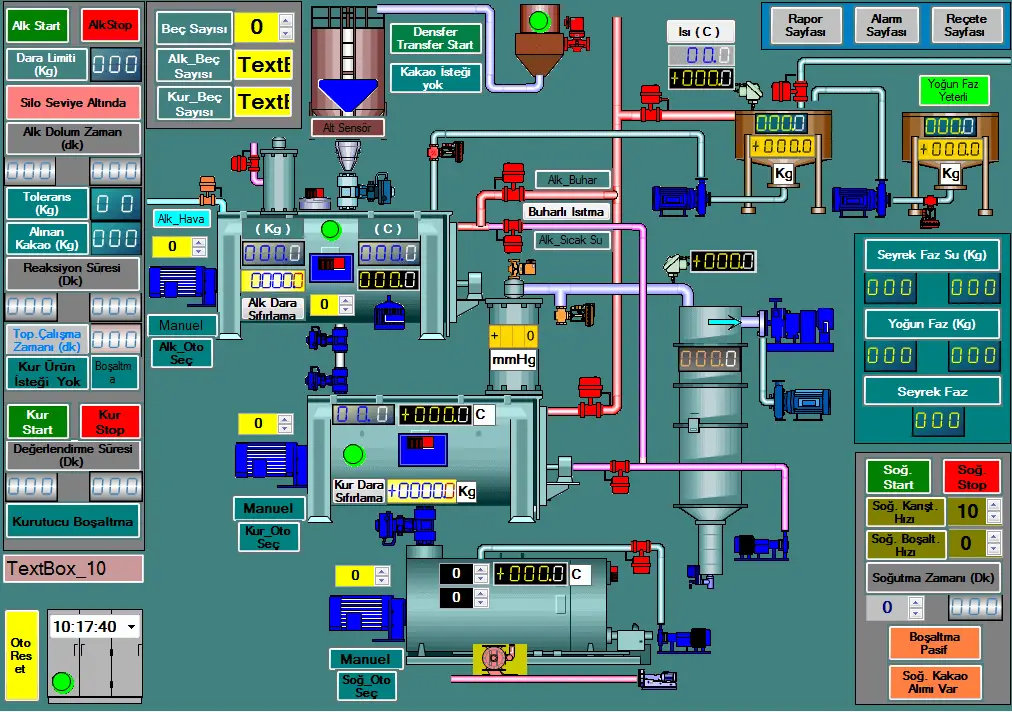About SCADA - Part 1
Chris Hannah
January 6, 2024

Introduction
SCADA (Supervisory Control and Data Acquisition) is a critical component of modern industrial automation. It empowers organizations to monitor, control, and optimize complex processes across various sectors, from manufacturing to energy distribution. In this article, we delve into the world of SCADA programming, exploring its significance, architecture, and programming languages.
What Is SCADA?
At its core, SCADA is a system that bridges the gap between physical processes and human operators. Let’s break down its key components:
-
Supervisory Control: SCADA provides high-level supervision over machines, equipment, and processes. It acts as the watchful eye, ensuring smooth operations and responding to anomalies promptly.
-
Data Acquisition: SCADA collects data from sensors, valves, pumps, motors, and other devices. This real-time data forms the foundation for decision-making and process optimization.
-
Human-Machine Interface (HMI): Operators interact with SCADA systems through graphical user interfaces (GUIs). HMIs display critical information, alarms, and allow operators to issue control commands.
-
Control Logic: SCADA executes control orders based on predefined rules. It adjusts set points, initiates alarms, and ensures process stability.